On December 28, 1846, Iowa was admitted as America’s 29th state.
In 1682, René-Robert Cavelier, sieur de La Salle, reached the mouth of the Mississippi River. He claimed the entire region drained by the Mississippi, including the land that would become Iowa, for France. La Salle named the area Louisiana in honor of King Louis XIV. However, during the late 1600s to early 1700s, only a handful of missionaries, soldiers, and fur traders visited Iowa.
In 1762, France gave control of the portion of Louisiana west of the Mississippi to Spain. A French-Canadian, Julien Dubuque, received permission from the Fox Indians to mine lead in 1788, near the site of today’s Dubuque. Dubuque was Iowa’s first European settler, and he stayed there until his death in 1810. After Dubuque settled in Iowa, a small number of hunters and trappers also settled there.
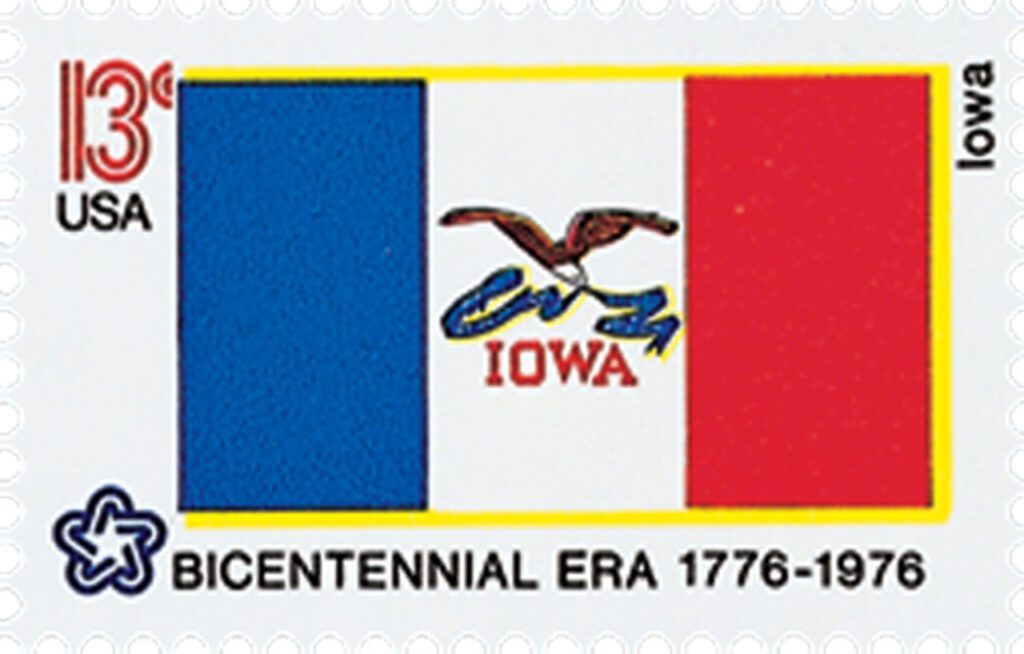
In 1800, Spain returned control of western Louisiana to France. Then in 1803, France sold this vast territory to the United States with the Louisiana Purchase. From 1804–06, Meriwether Lewis and William Clark led the legendary Lewis and Clark Expedition through the area.
In 1812, Iowa became part of the Territory of Missouri when Louisiana became a state. During the early 1800s, fur companies set up trading posts on the Des Moines, Mississippi, and Missouri Rivers. Officially Indian land, Iowa was closed to settlers. When Missouri became a state in 1821, Iowa became part of an unorganized territory.
The US government forced many Sauk and Fox Indians living in Illinois to move to Iowa. One leader, Chief Black Hawk, refused to move. In the Black Hawk War, fought in 1832, US troops defeated Native American forces. After the war, the natives lost additional territory in Iowa along the Mississippi River. White settlers quickly moved in. In 1834, the region was made part of the Territory of Michigan. Then in 1836, the Territory of Wisconsin was created.
On June 12, 1838, the land west of the Mississippi was separated from the Wisconsin Territory and organized as the Territory of Iowa. This land included all of Iowa, most of Minnesota, and two-thirds of North and South Dakota. Burlington served as the first capital until 1841, when it was moved to Iowa City.
Iowa’s territorial governor proposed statehood as early as 1839. However, Iowans opposed statehood, as that would require a tax to pay the salaries of local officials. In 1844, a constitutional convention was held, but disagreements over the state’s boundaries defeated statehood. In 1846, another convention was held, which adopted the state’s present boundaries.
In 1846, Iowa approved a state constitution. President James K. Polk signed a bill admitting Iowa as America’s 29th state on December 28, 1846. The state adopted its present constitution in 1857.
During the early 1900s, railroads gave Iowa’s industries access to new markets. The construction of hydroelectric dams provided new sources of power. In 1913, the Keokuk Dam on the Mississippi began to supply power to industries as far away as St. Louis, Missouri.
In the early 1900s, most Iowans were farmers. Starting around 1920, many farmers began losing their farms due to high mortgages caused by inflated land prices. In 1936, farmers began banding together to form cooperatives. Working as a group, farmers had more economic power when buying supplies or selling crops. With the formation of cooperatives, more farmers were able to keep their land. With the start of World War II, there was a huge demand for Iowa’s farm products – especially corn and pork. This caused the state’s agriculture income to rise sharply, and the farmers prospered.
From 1945-1960, many new industries moved to Iowa. Food processing, metal processing, and the manufacturing of machinery became very important to the economy. About the same time, the increased efficiencies brought by new and improved farm machinery reduced the number of people working on farms. These two factors caused Iowa to shift from an agricultural economy to an industrial economy.
| FREE printable This Day in History album pages Download a PDF of today’s article. Get a binder or other supplies to create your This Day in History album. |
Discover what else happened on This Day in History.

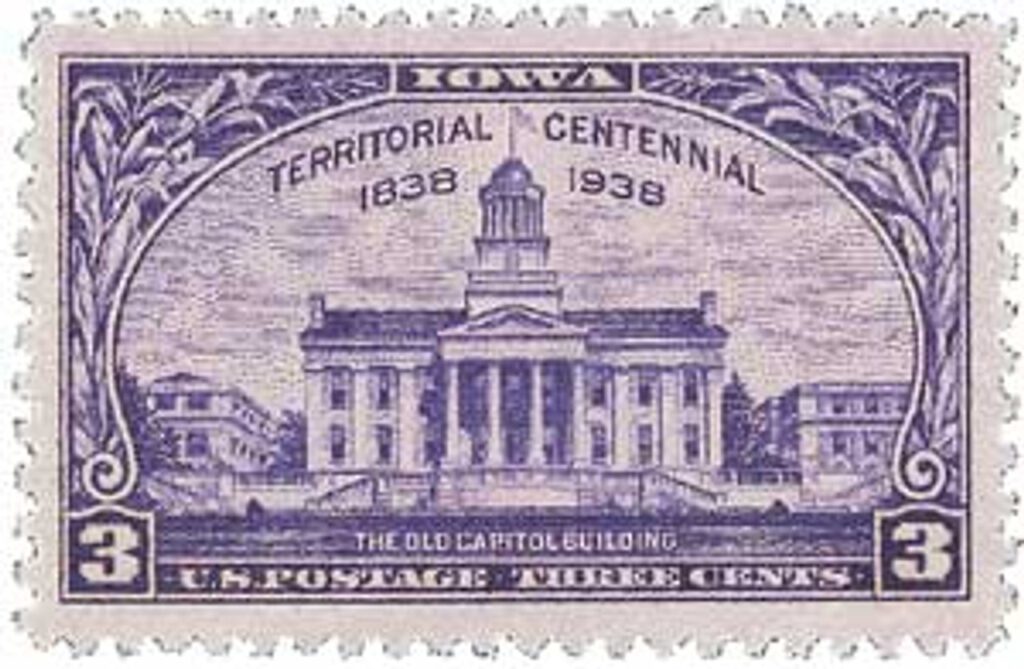

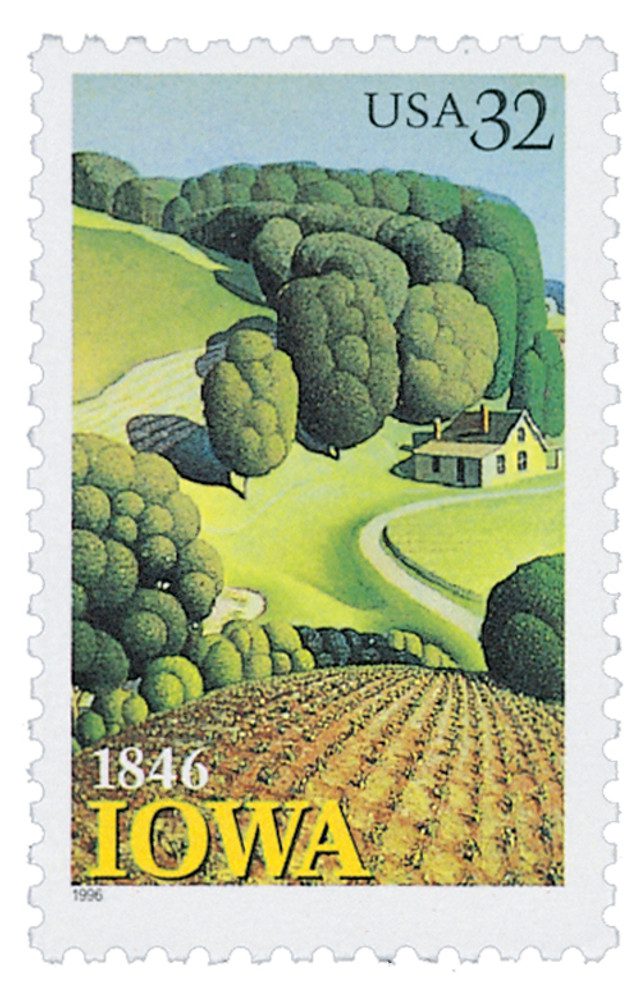
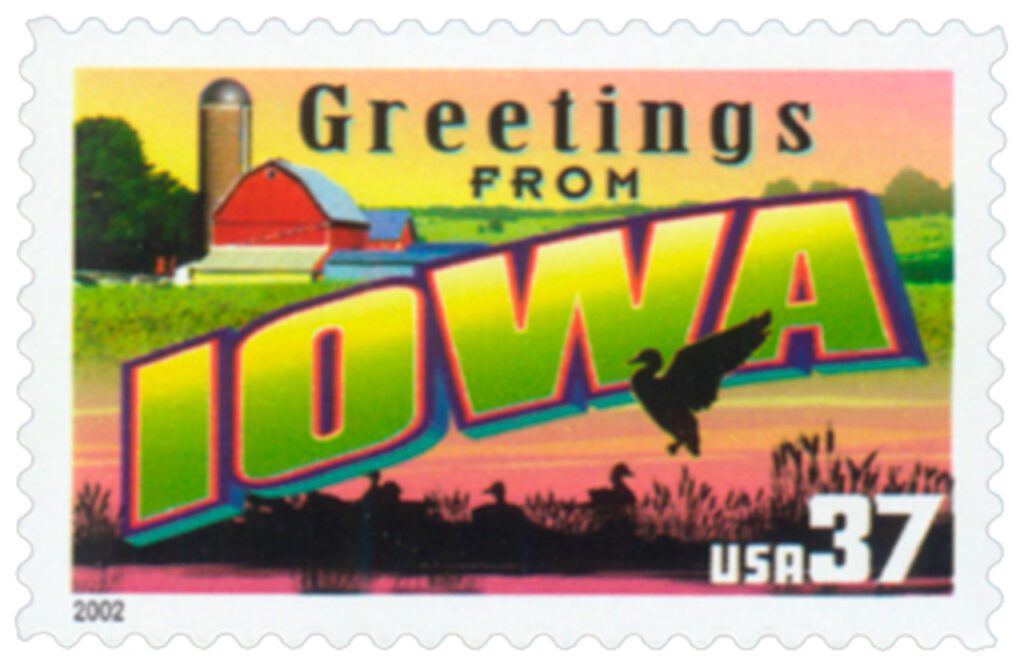
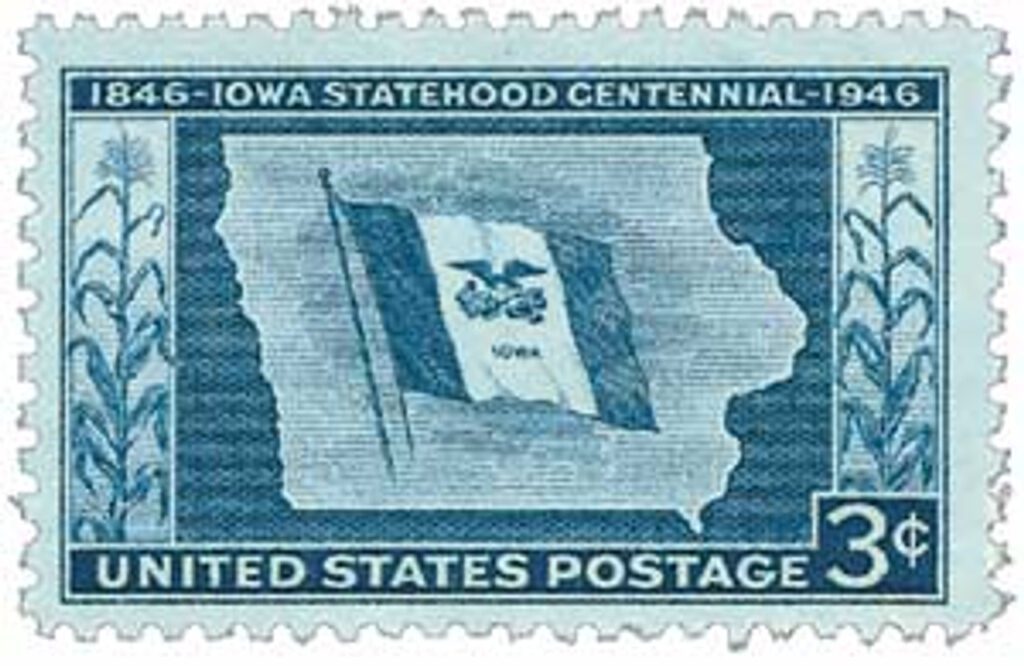
An incomplete history. The original native people living there and displaced, what happened to them, later? They didn’t just poof into thin air!
There is so much to talk about and giving us brief information enlighten me and hope the majority of people. Thanks for taking the time to make every effort to do your best. Thanks
Great observation. This is the part of history that somehow disappears in the retelling of the story.